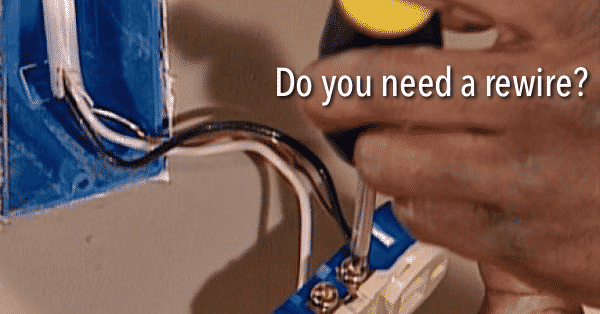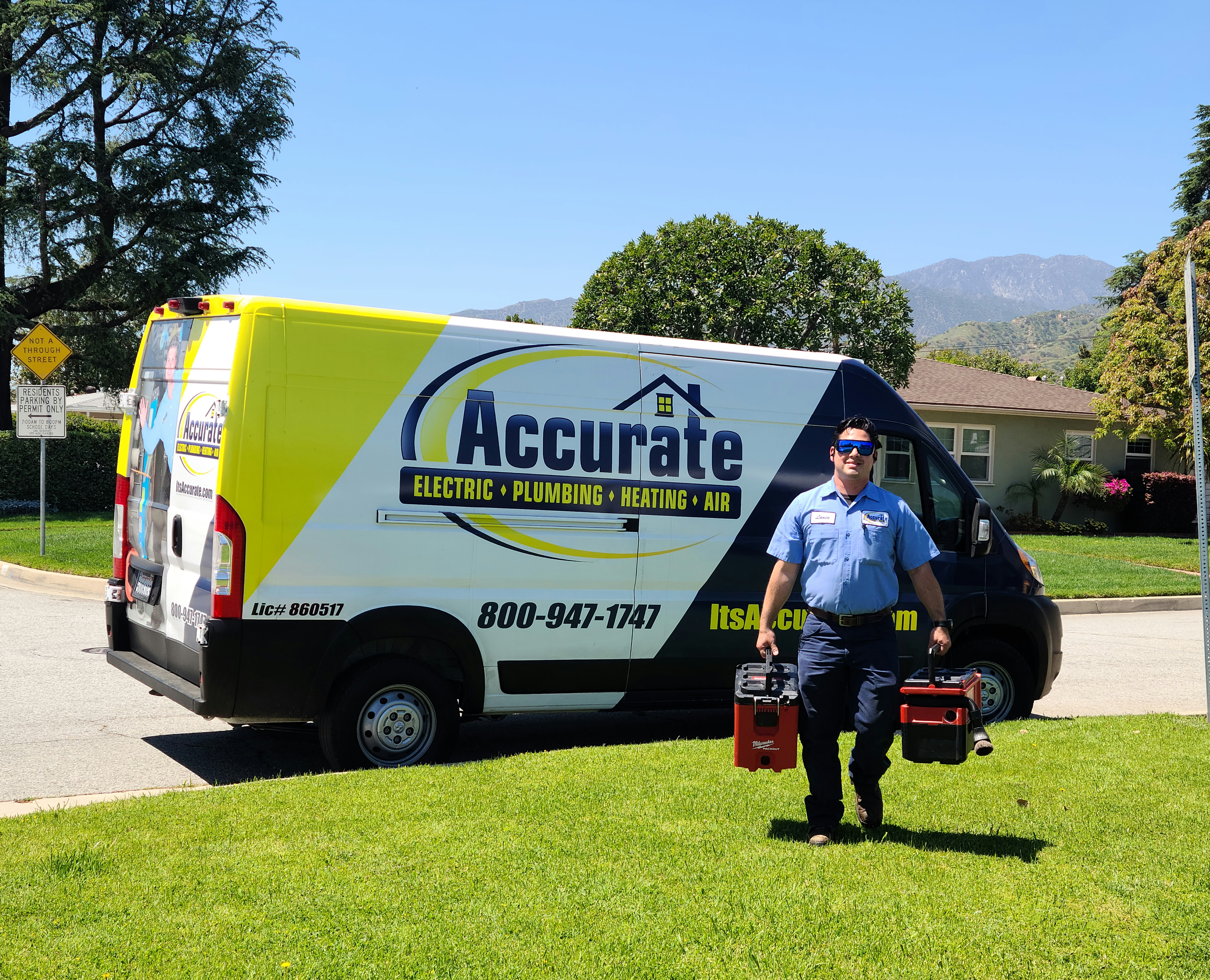
Do you live in an older home?When you first moved to the city that you live in now were you sold on the idea of a cute rustic home, one that wasn’t a cookie-cutter house like all the other ones in every neighborhood that you toured? So you found this cute little run down “fixer-upper”. It wasn’t super expensive and it had a personality to it. It had a story. You bought it and absolutely loved everything about it… and you still do. Sure there were a couple of different projects that needed to be worked on for it to be perfect, but it was yours.
Sometimes these cute, older homes have electric issues that you can’t see. The house was built a while ago and while a facelift on the outside looks great, what about the wires on the inside… the ones you can’t see? So here’s the question of the day: Why would an entire house need to be rewired?
Why Older Houses Need to Be Rewired

If your home is 30 years or older, and it has its original wiring (or part of it), it is recommended to update the wiring. This means replacing the fuse box with a more modern unit as well as replacing older wiring with more modern wires that are safer for your home.
A major reason is older wirings can be a fire hazard.
Older houses were not to built to withstand the electrical requirements of a modern home. Back in the good old days, each home had one TV and a couple of electrical lights. Homes did not have to deal with things like TVs in most rooms, multiple phones and their chargers, hairdryers, microwaves, washers, dryers, and more. All of which cause these older wires to heat up. If these wires are heating up and haven’t been replaced in a long time, there could be trouble around the corner. This heat from older wires can cause insulation and other materials around it to start on fire and spread to the rest of the house.
This is not the only reason that you should have your wires checked.
It is recommended by the pros that one should have a licensed electrician inspect their electrical system roughly every 10 years for an owner-occupied home. If it is a rental then it should be checked every 5 years.
There are display signs an electrical system might show if there is a potential problem. If you become aware of one of these signs makes sure to have an electrician inspect your electrical system right away:
- Are your breakers tripping constantly? Or your fuse blowing?
- Do your lights constantly dim or flicker? This could indicate that your circuit is overloaded or may have a loose connection.
- Are your switch plates, cords, or plugs are hot or discolored?
- Do you feel like you have to replace light bulbs a lot more than normal? This most likely signals a fixture that can’t handle the bulb wattage.
- Can you hear buzzing or sizzling sounds?
- Is there a burning smell?
- Whenever you plug a cord in or unplug it are there arcs or sparks?
- Are your outlets loose?
- Do you have cracked, cut, or broken insulation?
- Do you get an electrical shock when you plug in or touch a cord?
Once you decide to rewire your home, what does that actually look like?
First, you need to do an “electrical inventory,” This means that you need to make a list of the devices you’ll be using in the house, and where. This is so you can make sure your electrical system can match how much electricity is needed and where. After that, you need to look into local codes and permits (often electrical companies will do this for you). These codes set standards for everything from how many outlets you can put in each room to what kind of wire you use. If you fail to get permits it can result in having to pull out finished work.
The most important thing that you can do if you are unsure whether or not your home needs to be rewired is to hire a licensed electrician to inspect your wires and entire electrical system.
Accurate can help you each step of the way.





